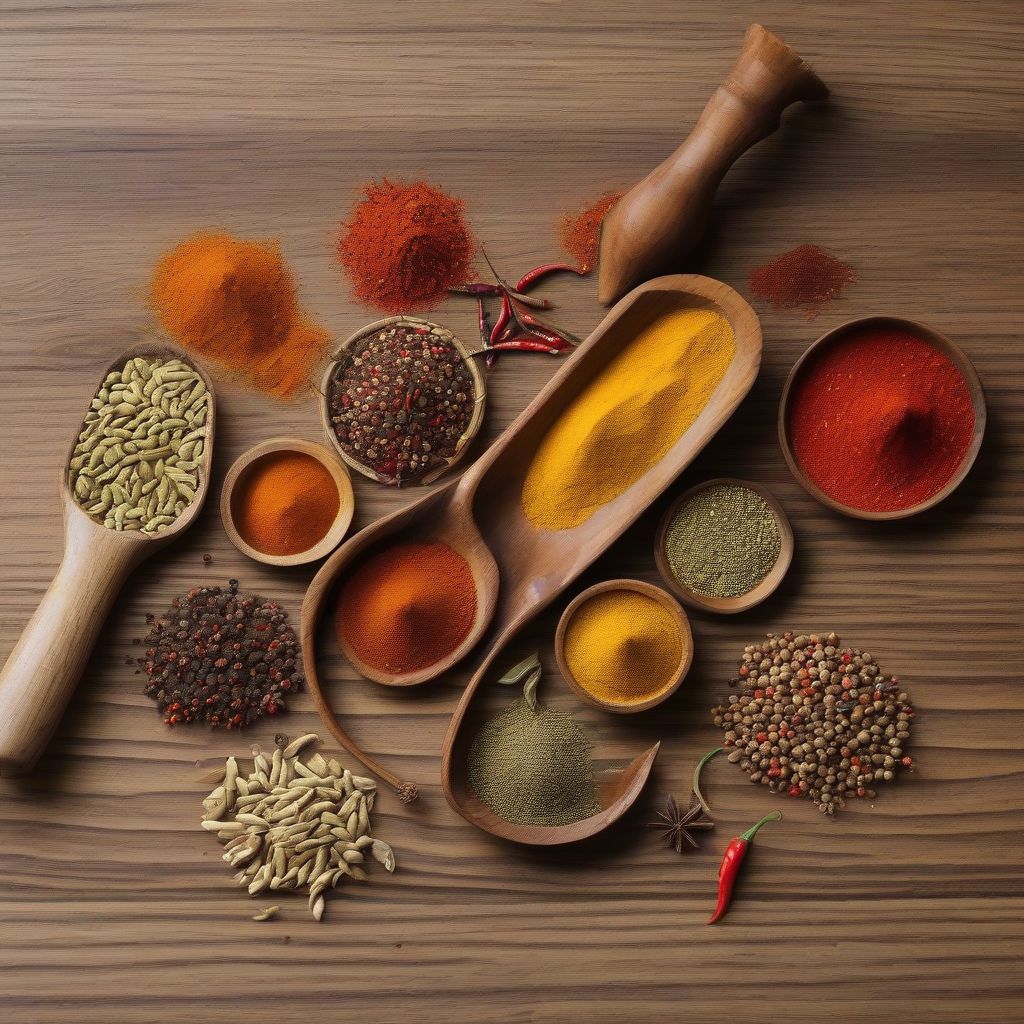Have you ever returned from a trip abroad, craving the exotic flavors you experienced? That Pad Thai in Bangkok, the paella in Valencia, or the tagine in Marrakech? You yearn for those tastes, but the thought of replicating them seems daunting. Fear not, aspiring global gourmand! Recreating international dishes at home is easier than you think. With a little guidance, you can transform your kitchen into a culinary passport, exploring the world’s diverse cuisines one delicious dish at a time.
Understanding the Essence of Global Cuisine
Before diving into recipes, it’s essential to understand what makes each cuisine unique. It’s more than just ingredients; it’s a combination of techniques, flavors, and cultural influences. For example, Italian cooking emphasizes simplicity and fresh, high-quality ingredients, while Indian cuisine is known for its complex spice blends and layered flavors. Researching the cultural context of a dish can deepen your appreciation and enhance your ability to recreate it authentically.
Essential Ingredients and Substitutions
Stocking your pantry with a few key ingredients will open doors to a world of flavors. Consider investing in staples like soy sauce, fish sauce, dried chilies, various spices (cumin, coriander, turmeric, paprika), and olive oil. However, don’t be afraid to improvise! Sometimes, finding a perfect substitute can be part of the fun. Can’t find lemongrass? Lemon zest and a pinch of ginger can often do the trick. No gochujang paste for your Korean bibimbap? A mix of chili paste, miso, and a touch of honey can offer a similar flavor profile.
 Fish Sauce and Spices
Fish Sauce and Spices
Mastering Essential Techniques
Certain cooking techniques are fundamental to specific cuisines. Stir-frying is essential for many Asian dishes, requiring high heat and quick movements. Braising, on the other hand, is a slow-cooking method that tenderizes tougher cuts of meat, common in French and Moroccan cuisines. Learning these techniques will elevate your international cooking game considerably.
Building Your International Recipe Repertoire
Start with dishes you love and gradually expand your culinary horizons. Online resources, cookbooks, and even YouTube videos offer a wealth of information. Look for recipes with clear instructions and ingredient lists.
Embracing Regional Variations
Remember that even within a country, cuisine can vary significantly. Italian food from the north differs greatly from that of the south. Exploring these regional variations adds another layer of discovery to your culinary journey. Consider focusing on a specific region, like Tuscany or Sicily, to deepen your understanding.
Adapting Recipes to Your Preferences
Don’t be afraid to experiment and adapt recipes to suit your taste. If a dish is too spicy, reduce the chili. If you have dietary restrictions, find suitable substitutions. Cooking should be enjoyable, so feel free to personalize your dishes. As a certified nutritionist and meal prep coach, I encourage you to prioritize healthy ingredients and portion control while still enjoying the flavors of the world.
Tips for Success
- Start simple: Begin with recipes that have fewer ingredients and simpler techniques.
- Read the entire recipe before starting: This will help you understand the steps involved and avoid any surprises.
- Mise en place: Prepare all your ingredients before you start cooking. This French term means “everything in its place” and is crucial for smooth execution.
- Taste as you go: Adjust seasonings throughout the cooking process to ensure the flavors are balanced.
- Don’t be afraid to experiment: Cooking is a journey of discovery. Don’t be discouraged if your first attempt isn’t perfect. Learn from your mistakes and keep practicing.
- Invest in a good cookbook: A reliable cookbook can be an invaluable resource. Look for one that focuses on a specific cuisine or region you’re interested in. “The Flavor Bible” by Karen Page and Andrew Dornenburg is a great resource for understanding flavor pairings. Chef José Andrés’ “Vegetables Unleashed” is an inspiring exploration of vegetable-centric cuisine.
“The Food Lab” by J. Kenji López-Alt provides a scientific approach to cooking, empowering you to understand the “why” behind each step.
 Preparing Ingredients
Preparing Ingredients
Conclusion
Recreating international dishes at home is a rewarding experience that allows you to explore different cultures and flavors. With a little patience, practice, and a willingness to experiment, you can transform your kitchen into a global culinary destination. So, gather your ingredients, put on some music, and embark on a delicious adventure. What are your favorite international dishes to cook at home? Share your tips and experiences in the comments below!



